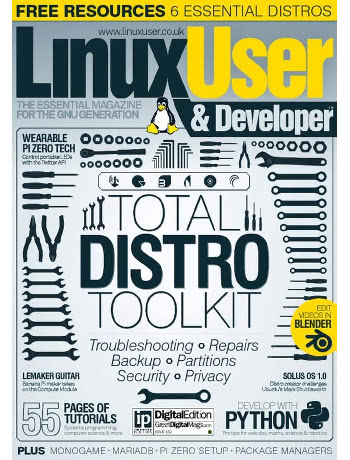
First, the Raspberry Pi 4. Launched with a view to providing power users with something a with a little more headroom than the 4GB model – itself a fourfold increase on the memory available on its direct predecessor the Raspberry Pi 3 – the new 8GB model doubles the maximum memory while retaining full backwards compatibility. With that said, though, getting the most out of the device does require a 64-bit operating system – and I take a look at third-party options as well as the Raspberry Pi Foundation’s own Raspberry Pi OS in 64-bit builds.
The Nvidia Jetson NX Developer Kit is another device that takes advantage of a 64-bit operating system, but with a very different focus: where the Raspberry Pi 4 Model B 8GB is aimed at hobbyists, the Nvidia Jetson NX Developer Kit looks towards the professional end of the market – and offers some serious GPU horsepower for machine learning work, plus a new “cloud native” software model that containerises workloads to separate them from the underlying OS and to make it easy to run multiple workloads on a single device.
Finally, Home Computers is another in a series of coffee-table tomes investigating early personal computers – but one with a twist: The 100 machines contained within are taken exclusively from The Centre for Computing History in Cambridge. Each is captured in a series of high-quality photographs, including some close-ups and detail shots you won’t find elsewhere, and accompanied with a short write-up of its origins and capabilities. While it would have been nice to see the machines switched on – each is captured in its powered-off state, a shame given the Centre’s reputation as a hands-on “living museum” – it’s still a great book for vintage computing enthusiasts.
Custom PC Issue 204 is available now at the usual stockists, or online with global delivery from the official website.





